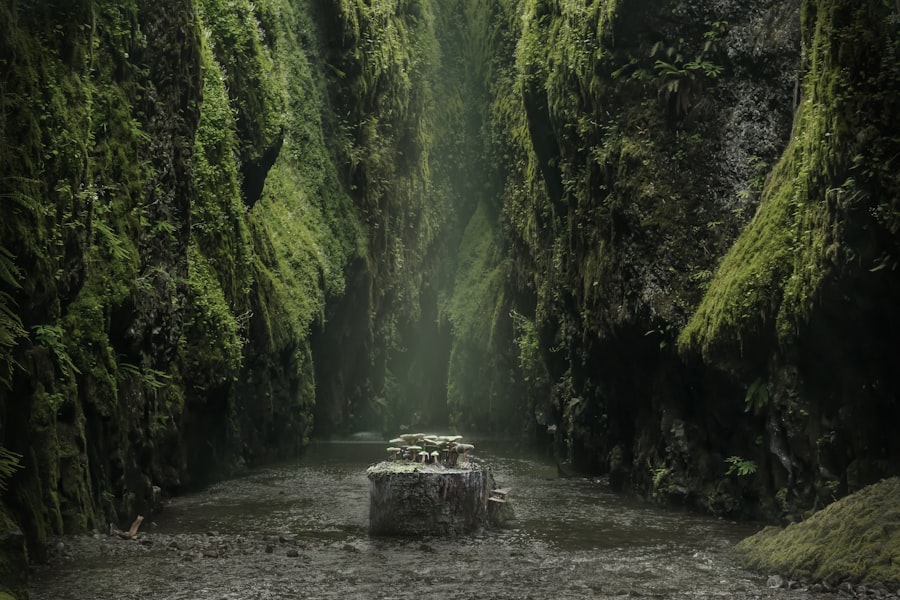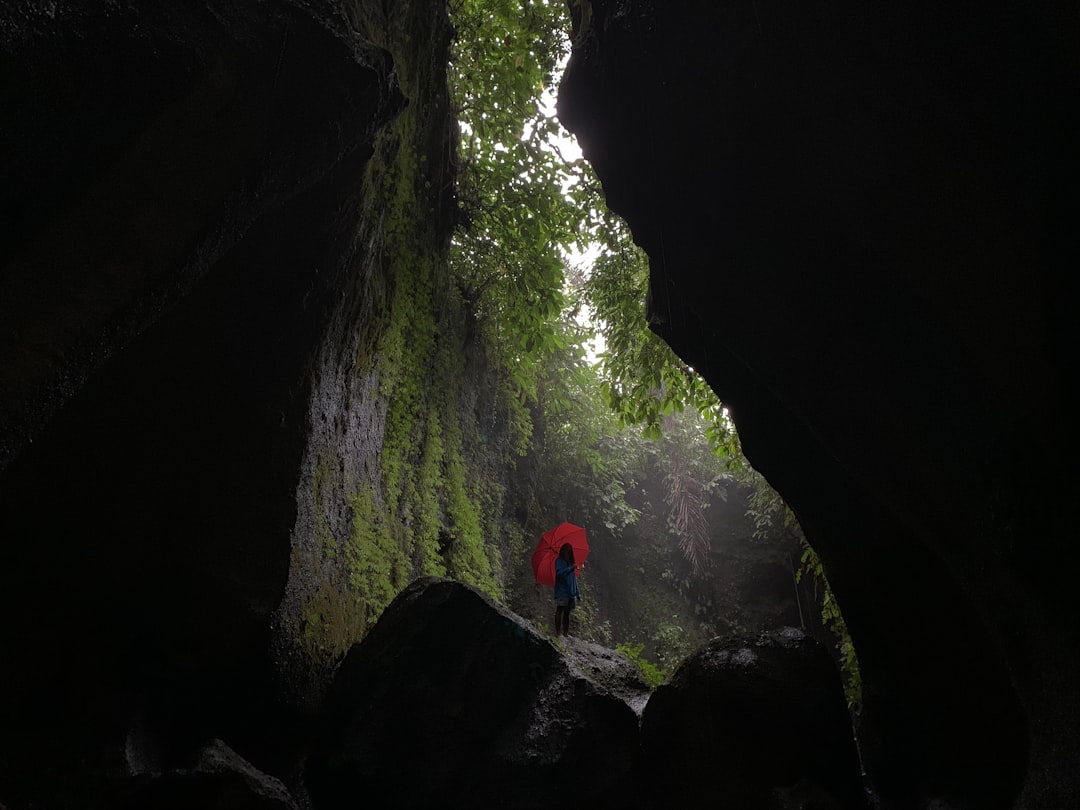The Drake Passage, a body of water that separates South America from Antarctica, is renowned for its tumultuous seas and breathtaking vistas. Named after the English explorer Sir Francis Drake, who navigated these waters in the late 16th century, the passage has become a significant route for maritime travel, particularly for those venturing to the Antarctic region. Stretching approximately 600 kilometers (370 miles) between Cape Horn and the South Shetland Islands, the Drake Passage is not only a geographical marvel but also a gateway to one of the most pristine environments on Earth.
Traveling through the Drake Passage offers adventurers a unique opportunity to experience the raw power of nature. The waters are known for their unpredictable weather patterns and strong currents, which can create challenging conditions for even the most seasoned sailors. However, this unpredictability also contributes to the allure of the passage, drawing travelers eager to witness its dramatic landscapes and diverse marine life.
As explorers set sail across these waters, they embark on a journey that promises both excitement and discovery.
Key Takeaways
- The Drake Passage is a body of water between South America’s Cape Horn and the South Shetland Islands of Antarctica, known for its challenging sailing conditions.
- The weather in the Drake Passage is unpredictable and can change rapidly, with strong winds and rough seas being common.
- The peak season for traveling the Drake Passage is during the austral summer, from November to March, when the weather is milder and wildlife is abundant.
- The off-peak season for traveling the Drake Passage is during the austral winter, from April to October, when the weather is harsher but offers a unique experience for adventurous travelers.
- The Drake Passage is home to diverse wildlife, including penguins, seals, and whales, as well as natural phenomena such as icebergs and stunning sunsets.
Weather and Climate in the Drake Passage
The weather in the Drake Passage is notoriously variable, characterized by rapid changes that can occur within a matter of hours. The region experiences a maritime climate, influenced by the cold waters of the Southern Ocean and the warm air masses from the north. This combination often results in strong winds, heavy rainfall, and sudden storms, making it essential for travelers to be prepared for a range of conditions.
The average temperature in summer hovers around 5°C (41°F), while winter temperatures can plummet significantly, creating an environment that is both challenging and awe-inspiring. Travelers should be aware that the Drake Passage is often referred to as one of the roughest seas in the world. The confluence of the Atlantic and Pacific Oceans creates powerful swells and waves that can reach heights of up to 15 meters (49 feet).
While this may deter some, many adventurers find that navigating these turbulent waters adds to the thrill of their journey. Understanding the climate and weather patterns is crucial for anyone planning to traverse this iconic passage, as it can significantly impact travel plans and overall experience.
Peak Season for Traveling the Drake Passage

The peak season for traveling through the Drake Passage typically occurs during the Antarctic summer months, from November to March. During this time, temperatures are milder, and wildlife activity is at its highest, making it an ideal period for exploration. The longer daylight hours allow travelers to maximize their experiences, with opportunities for sightseeing, wildlife watching, and photography.
Many expedition cruises operate during this season, catering to those eager to witness the stunning landscapes and diverse ecosystems that thrive in this remote region. In addition to favorable weather conditions, peak season also coincides with increased wildlife activity. Travelers can expect to see a variety of species, including seals, whales, and numerous seabirds.
The sight of humpback whales breaching the surface or penguins waddling along icy shores adds an unforgettable element to any journey through the Drake Passage. For those seeking adventure and a chance to connect with nature, traveling during peak season offers an unparalleled experience filled with wonder and excitement.
Off-Peak Season for Traveling the Drake Passage
| Metrics | Off-Peak Season |
|---|---|
| Temperature | Colder, ranging from -2°C to 5°C |
| Sea Conditions | Rougher seas with higher waves |
| Wildlife Sightings | Limited wildlife sightings |
| Crowds | Fewer tourists and smaller groups |
| Pricing | Lower prices for tours and accommodations |
While peak season attracts many travelers, off-peak times also present unique opportunities for those willing to brave the elements. The off-peak season generally runs from April to October when fewer vessels navigate these waters due to colder temperatures and harsher weather conditions. However, this period can offer a more intimate experience for those who do venture out, as there are fewer tourists competing for space on boats or at landing sites.
Traveling during the off-peak season allows adventurers to witness a different side of the Drake Passage. The landscapes are often more dramatic under winter’s grip, with ice formations creating stunning visual contrasts against the dark waters. Additionally, some wildlife species may be more visible during this time as they prepare for breeding or migration.
For those who appreciate solitude and are willing to embrace the challenges of colder weather, off-peak travel can provide a rewarding experience filled with unique encounters and breathtaking scenery.
Wildlife and Natural Phenomena in the Drake Passage
The Drake Passage is home to an astonishing array of wildlife and natural phenomena that captivate visitors from around the globe. The nutrient-rich waters support a diverse ecosystem that includes various species of fish, seals, and whales. Among the most sought-after sightings are orcas and humpback whales, which can often be seen breaching or feeding in these waters.
Additionally, seabirds such as albatrosses and petrels soar gracefully above the waves, providing a stunning display of nature’s beauty.
” These massive floating ice formations break off from glaciers and drift through the waters, creating a surreal landscape that is both beautiful and awe-inspiring. The sight of towering icebergs glistening in the sunlight against a backdrop of deep blue seas is a memory that travelers cherish long after their journey has ended.
The combination of wildlife encounters and breathtaking natural wonders makes the Drake Passage a must-visit destination for nature enthusiasts.
Safety Considerations for Traveling the Drake Passage

Safety is paramount when traveling through the Drake Passage due to its unpredictable weather conditions and challenging seas. Travelers should always prioritize their well-being by choosing reputable expedition companies that adhere to strict safety protocols. These companies typically provide experienced crews trained in navigating rough waters and handling emergencies.
Additionally, travelers should familiarize themselves with safety procedures before embarking on their journey. It is also essential for travelers to pack appropriate gear for varying weather conditions. Layered clothing, waterproof jackets, sturdy footwear, and seasickness medication are crucial items that can enhance comfort and safety during the voyage.
Understanding personal limits and being prepared for potential challenges will contribute to a more enjoyable experience while traversing this iconic passage.
Choosing the Right Expedition or Cruise for the Drake Passage
Selecting the right expedition or cruise is vital for ensuring an enjoyable experience in the Drake Passage. Numerous companies offer various itineraries ranging from short trips to extended voyages that include landings on Antarctic shores. Travelers should consider their preferences regarding group size, onboard amenities, and specific interests such as wildlife photography or scientific exploration when making their choice.
Researching reviews and testimonials from previous travelers can provide valuable insights into different operators’ quality and reliability. Additionally, it is wise to inquire about safety measures and environmental practices employed by each company. By carefully evaluating options and aligning them with personal interests and expectations, travelers can find an expedition that enhances their journey through this remarkable region.
Tips for Traveling the Drake Passage
Traveling through the Drake Passage requires careful planning and preparation to ensure a smooth experience. One essential tip is to remain flexible with travel plans due to potential weather-related changes. It is not uncommon for itineraries to be adjusted based on sea conditions; therefore, maintaining an open mind will help travelers adapt to any unexpected developments.
Another important consideration is staying informed about sea conditions before departure. Many expedition companies provide updates on weather forecasts and sea states, allowing travelers to prepare mentally for what lies ahead. Engaging with fellow passengers and crew members can also enhance the experience; sharing stories and tips fosters camaraderie among those embarking on this adventure together.
Special Events and Festivals in the Drake Passage
While there are no specific festivals held directly in the Drake Passage itself due to its remote nature, many expeditions coincide with significant events in nearby regions or on board vessels. For instance, some cruises may celebrate New Year’s Eve or other holidays with special dinners or themed activities that enhance the onboard experience. Additionally, certain expeditions may offer educational programs or guest speakers who share insights into Antarctic exploration or conservation efforts.
Travelers interested in cultural experiences may also find opportunities to engage with local communities in ports along their journey. These interactions can provide valuable perspectives on life in these remote areas while fostering appreciation for indigenous cultures and traditions.
Budget Considerations for Traveling the Drake Passage
Budgeting for a trip through the Drake Passage requires careful consideration of various factors that can influence overall costs. Expedition cruises vary widely in price based on factors such as duration, level of luxury, included amenities, and seasonal demand. Travelers should research multiple options to find an itinerary that aligns with their budget while still offering a fulfilling experience.
In addition to cruise costs, travelers should account for additional expenses such as travel insurance, gear rentals, excursions on landings, and gratuities for crew members. It is advisable to set aside funds for unexpected expenses that may arise during travel as well. By planning ahead and being mindful of potential costs, travelers can enjoy their journey through this remarkable passage without financial stress.
Conclusion and Final Recommendations for Traveling the Drake Passage
In conclusion, traveling through the Drake Passage offers an unparalleled adventure filled with breathtaking landscapes, diverse wildlife encounters, and unique experiences that leave lasting memories. Whether one chooses to embark during peak season or embrace the challenges of off-peak travel, careful planning and preparation are essential for maximizing enjoyment in this remarkable region. Travelers are encouraged to prioritize safety by selecting reputable expedition companies while remaining flexible with plans due to unpredictable weather conditions.
Engaging with fellow adventurers enhances camaraderie during this journey into one of Earth’s last frontiers. Ultimately, whether seeking thrilling encounters with wildlife or simply wishing to witness nature’s raw beauty firsthand, a voyage through the Drake Passage promises an unforgettable experience that resonates long after returning home.
If you’re planning a journey through the Drake Passage, timing is crucial to ensure a smoother and more enjoyable experience. The best time to travel this notorious stretch of water is typically during the Southern Hemisphere’s summer months, from November to March, when the weather is relatively milder and the seas are calmer. For more insights on planning your adventure and understanding the challenges of this route, you might find this related article on com/sample-page/’>MyGeoQuest
It provides valuable tips and information to help you make the most of your voyage across the Drake Passage.
WATCH NOW! Drake Passage: Earth’s Deadliest Waters Revealed
FAQs
What is the best time to travel through the Drake Passage?
The best time to travel through the Drake Passage is during the austral summer, which runs from November to March. This is when the weather is relatively milder and the sea conditions are more favorable for crossing.
Why is the austral summer the best time to travel through the Drake Passage?
During the austral summer, the weather in the Drake Passage is generally milder, with less severe storms and lower wind speeds. This makes for a more comfortable and safer crossing.
What are the sea conditions like in the Drake Passage during the austral summer?
During the austral summer, the sea conditions in the Drake Passage are generally calmer compared to other times of the year. This makes for a smoother and more enjoyable crossing for travelers.
Are there any specific months within the austral summer that are better for traveling through the Drake Passage?
While the entire austral summer is generally a good time to travel through the Drake Passage, the months of December and January are often considered the best due to the relatively milder weather and sea conditions.
What should travelers consider when planning a trip through the Drake Passage?
Travelers should consider factors such as their tolerance for sea sickness, their desired activities and wildlife sightings, and their overall travel itinerary when planning a trip through the Drake Passage. It’s also important to book well in advance, as this is a popular time for Antarctic cruises.
